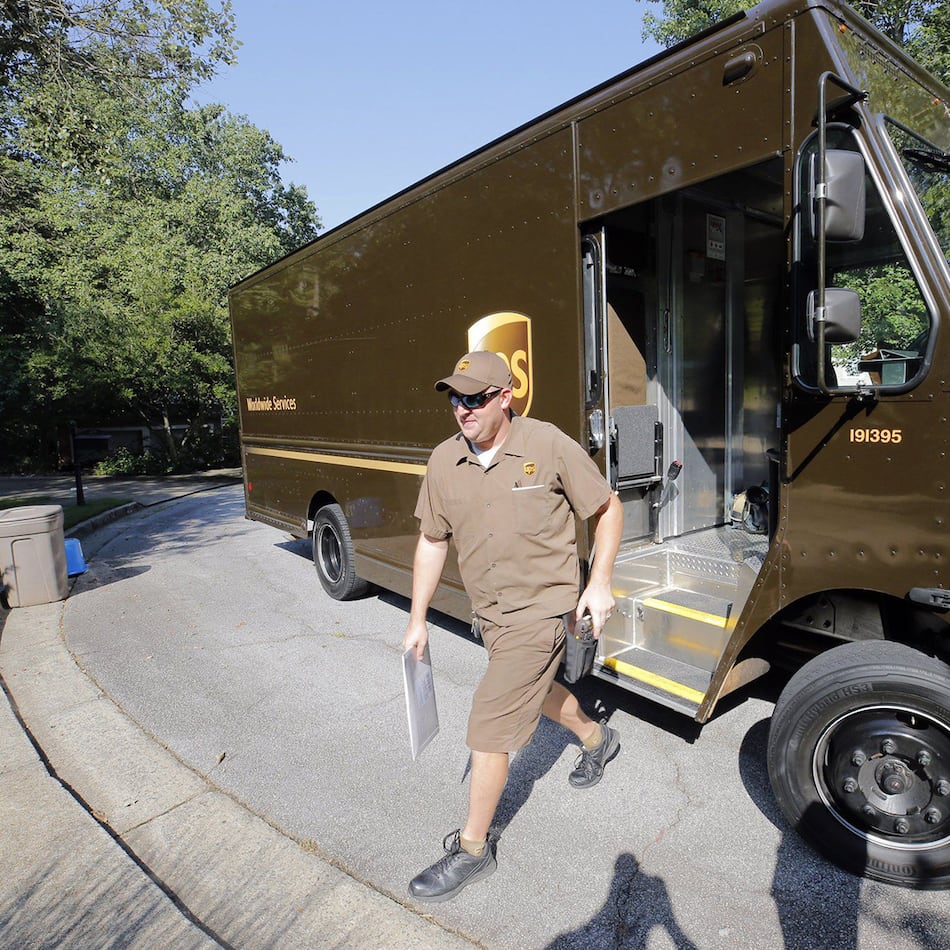The South was theirs. They commanded the coastal plain and piedmont from Virginia to Texas, 90 million acres in all.
No longer. They are nearly gone — cut down, sawed and burned by that most relentless of adversaries, man. But they are coming back.
Government and nonprofit agencies are working to restore a forest giant, the longleaf pine, to its native range. That region includes Georgia, where Pinus palustris spread a needled canopy.
The longleaf pine, chopped and bulldozed nearly to extinction, is popular again. Growers are planting them in tracts where they once dominated the skyline, a testimony to the trees’ ecological and commercial promise.
Last month, the National Wildlife Federation and two regional organizations, America’s Longleaf and the Longleaf Alliance, released “Standing Tall: How Restoring Longleaf Pine Can Help Prepare the Southeast for Global Warming.” Bringing back the conifers, said the 21-page report, could help reduce air pollution as well as expand business opportunities for Southern farmers.
The document, prepared with the help of various state universities, the U.S. Department of Agriculture, The Nature Conservancy and other organizations, praises the tree’s toughness and adaptability. With its deep roots, it can withstand hurricane-force winds that topple and snap its cousins, the slash and loblolly pines. The longleaf can thrive in drought and extreme heat. It does not succumb to fire or pests as readily as other conifers.
Georgia officials also embrace the tree. Last year, the USDA gave the Georgia Forestry Commission $1.7 million in American Recovery and Reinvestment Act funds to promote the species. The money is to help private landowners plant seedlings, as well as restore pines in state parks and on other state tracts, such as university research farms.
“It’s a good tree,” said state forester Frank Green. “We’re working with just about anybody and everybody to restore them.”
‘An iconic image’
It’s hard to overstate the significance of the longleaf pine in our history, ancient as well as recent. It towered, literally and figuratively, in Southern life.
“It’s an iconic image,” said Eric Palola, director of the Wildlife Federation’s Forests for Wildlife program and an author of the report. “It’s the pine that built the South.”
Native Americans used the tree for firewood, construction and transportation. A prized exhibit at Atlanta’s Fernbank Museum of Natural History’s is a three- to four-century-old dugout canoe discovered in 2006 in the Satilla River. It was carved out of a longleaf.
When colonists settled in the Southeastern United States, they beheld 100-foot trees, stilts for low-flying clouds. They were perfect for a nation that needed ship masts and floor boards, rafters and furniture. Men with axes and mules went to work.
Now, the longleaf occupies less than 4 percent of its historic range, about 3 million acres. They range from tracts comprising less than 10 acres to nearly 300,000 acres of longleaf and slash pine at Eglin Air Force Base in Florida.
The federation would like to the trees restored to about 15 percent of their native range, about 13 million acres.
That’s the desired amount, Palola stressed. “We think it’s reasonable to expect 10 percent over the next 20 years.”
In real numbers, that’s 8 million acres.
A longleaf convert
Longleaf pines are one of nature’s scrubbers. They have a remarkable capacity to absorb carbon, which comes from carbon dioxide produced by car exhausts, power plant discharges and the burning of other fossil fuels. Some scientists think that quality could reduce the amount of carbon dioxide in the air, thereby slowing what they suspect is global warming.
So do some businessmen, including Cody Laird of Atlanta. He’s created space for the trees at his family farm in Sumner.
His father planted slash pines on the 3,000-acre farm in southwest Georgia 50 years ago, harvesting the fast-growing trees for paper pulp and timber. Laird was prepared to follow his example until a 1999 meeting of growers. There, he learned about the animals that thrive in the longleaf’s branches — the red cockaded woodpecker, a protected species, is one — and how well the tree is suited to the climate and terrain of south Georgia.
Since then, he’s planted an estimated 600,000 seedlings. The oldest are 20 feet tall and growing fast. They are part of a conservation program, meaning he has agreed not to cut them for wood for at least 15 years.
The tree business, Laird said, is not a trade for the impatient. He is 74, a retired insurance executive.
Harvesting the trees, he said, “is probably something my kids will worry about.”
Until then, Laird said, he will harvest slash pines as they mature, and plant longleaf seedlings in their place.
He sees cash in those trees, hears music in their branches. “When you’re out there in a longleaf forest,” he said, “the sound the wind makes, it’s unmistakable.”
‘Best-kept secret’
Mike Evans grew up, got an engineering degree and left south Georgia for the big money up North. When he retired several years ago, Evans, living in New Jersey, looked homeward. He began buying land from family and others living near Blakely, about 80 miles south of Columbus.
Now, he has 45 acres planted in longleaf, another 155 in loblolly. The longleaf pines are but youngsters, slender and just a fraction of the height they could reach in a century or so. He leases the site to a businessman who collects pinestraw and sells it, one 40-pound bale at the time.
When the ground has been cleared of pinestraw, Evans, 67, lets his cattle loose to graze between the rows where needles offer partial shade from the Georgia sun. When the trees get older, said Evans, he’ll harvest them, planting more in their place. Until then, the guy who collects the pinestraw is pleased; so are his cattle. Evans likes the arrangement, too.
“The longleaf is an excellent tree,” he said. “I think it’s one of the best-kept secrets out there.”
A secret that is out. News about the longleaf, like the tree itself, is spreading.
About the Author
Keep Reading
The Latest
Featured

